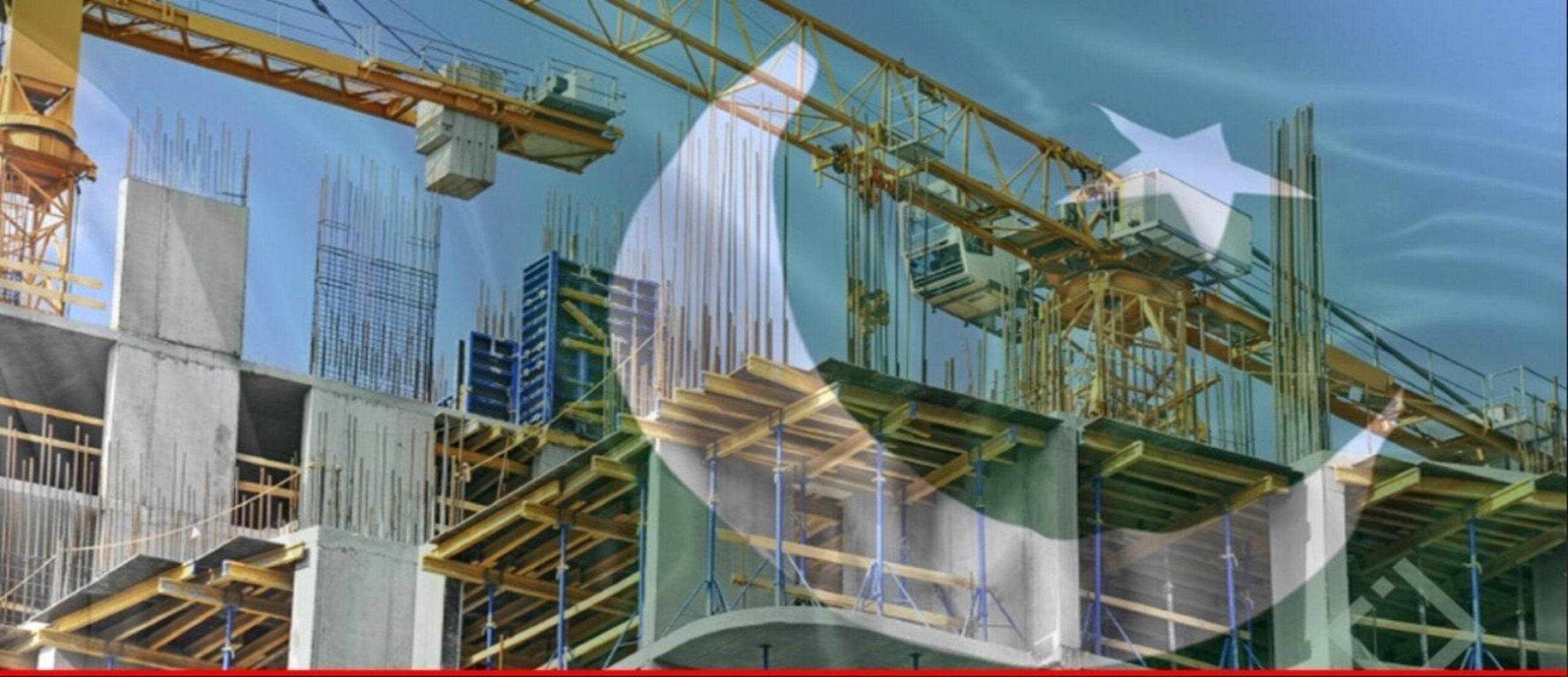How Pakistan’s Economy Affects Construction Prices
I. Introduction
Pakistan’s economic landscape plays a crucial role in shaping various industries, with construction being particularly sensitive to economic shifts. This article delves into the intricate relationship between Pakistan’s economy and the pricing dynamics within the construction industry.
II. Factors Influencing Construction Prices
A. Economic Indicators
Economic indicators, such as GDP growth and inflation rates, serve as crucial benchmarks influencing construction costs. As these indicators fluctuate, they can create a domino effect on the overall economic health of the construction sector.
B. Government Policies
The policies enacted by the government, including taxation, subsidies, and regulatory frameworks, significantly shape the construction landscape. For example, tax policy changes can directly impact the costs of construction materials, ultimately influencing project costs.
C. Global Market Trends
In an increasingly interconnected world, global economic trends and trade relations contribute to the bursting of construction prices. Changes in global markets can affect the availability and cost of raw materials, impacting construction projects in Pakistan.
III. Impact on Raw Material Costs
A. Currency Exchange Rates
Fluctuations in currency exchange rates directly and immediately impact the cost of imported construction materials. A weaker local currency can result in higher material costs, affecting the overall budget of construction projects.
B. Import-Export Dynamics
The balance between importing and exporting raw materials is critical. Import-heavy reliance can expose the construction industry to external market volatility, affecting the pricing of essential construction materials.
C. Inflation Rates
Inflationary pressures contribute to the burstiness in construction costs. Rising inflation rates increase the overall cost of production, including labor and materials, making construction projects more expensive.
IV. Labor Market Dynamics
A. Unemployment Rates
High unemployment rates can impact the construction industry by lowering wages. While this may seem beneficial in the short term, it can lead to a lack of skilled labor and compromise the overall quality of construction projects.
B. Skilled Labor Availability
The availability of skilled workers is crucial for efficiently executing construction projects. Changes in the labor market, including the availability of skilled personnel, can influence construction timelines and costs.
C. Wage Trends in Construction
Monitoring wage trends in the construction sector is essential for maintaining a fair and competitive compensation structure. Sudden changes in wage trends can impact the overall labor cost, affecting project budgets.
V. Infrastructure Development
A. Government Projects
Initiating large-scale government infrastructure projects can drive demand for construction services, increasing construction prices. These projects surge demand for materials and labor, impacting overall costs.
B. Foreign Investments
Foreign investments can inject capital into the construction sector, positively impacting prices. Increased financial support can lead to the implementation of more efficient construction methods and technologies.
C. Technological Advancements
Embracing technological advancements can enhance efficiency and reduce construction costs. Adopting modern construction methods and technologies can lead to cost savings and improved project timelines.
VI. Challenges in the Construction Industry
A. Regulatory Hurdles
Navigating regulatory challenges is a common obstacle in the construction industry. Compliance with evolving regulations can add unforeseen costs to construction projects, impacting their overall feasibility.
B. Political Stability
Political stability or instability directly influences investor confidence and construction prices. Uncertain political environments can lead to delays and increased risks, affecting overall project costs.
C. Market Competition
While healthy competition can drive efficiency, intense market competition can lead to reduced profit margins for construction businesses. Striking a balance is essential to ensuring sustainable growth and quality construction.
VII. Case Studies
A. Historical Instances
Historical instances provide valuable insights into how economic shifts have impacted construction prices in Pakistan. Stakeholders can better anticipate and navigate future challenges by learning from the past.
B. Lessons from Past Economic Fluctuations
Lessons from past economic fluctuations are instrumental in developing strategies to mitigate risks and adapt to changing economic conditions. Understanding the resilience of the construction industry in the face of challenges is key to future success.
VIII. Future Outlook
A. Anticipating Economic Changes
Staying ahead of economic shifts enables stakeholders to manage construction costs proactively. Regular monitoring of economic indicators and forecasting potential changes allows for strategic planning.
B. Preparing for Construction Cost Variations
Developing contingency plans based on economic forecasts ensures resilience in the face of uncertainties. Construction businesses can implement strategies to adapt to changing economic conditions and maintain profitability.
IX. Conclusion
In summary, Pakistan’s economy is a significant driver of construction prices. The multifaceted factors explored in this article underscore the importance of a comprehensive understanding of the economic landscape for stakeholders in the construction industry.
X. FAQs
Q1: How quickly can changes in Pakistan’s economy impact construction prices?
Changes in economic indicators can have an immediate or delayed impact, depending on the nature of the shift.
Q2: Are government policies the sole driver of construction price variations?
While government policies are crucial, global factors and market trends also contribute to price fluctuations.
Q3: Can technological advancements offset rising construction costs?
Yes, embracing technology can enhance efficiency and mitigate some cost pressures in the construction industry.
Q4: How does political instability affect construction projects?
Political instability can lead to delays, increased risks, and reduced investor confidence, impacting construction costs.
Q5: What steps can construction businesses take to adapt to economic changes?
Adapting involves monitoring economic indicators, diversifying supply chains, and embracing technological innovations.



